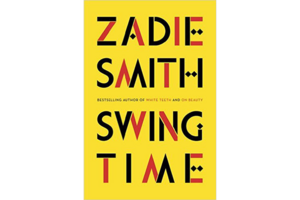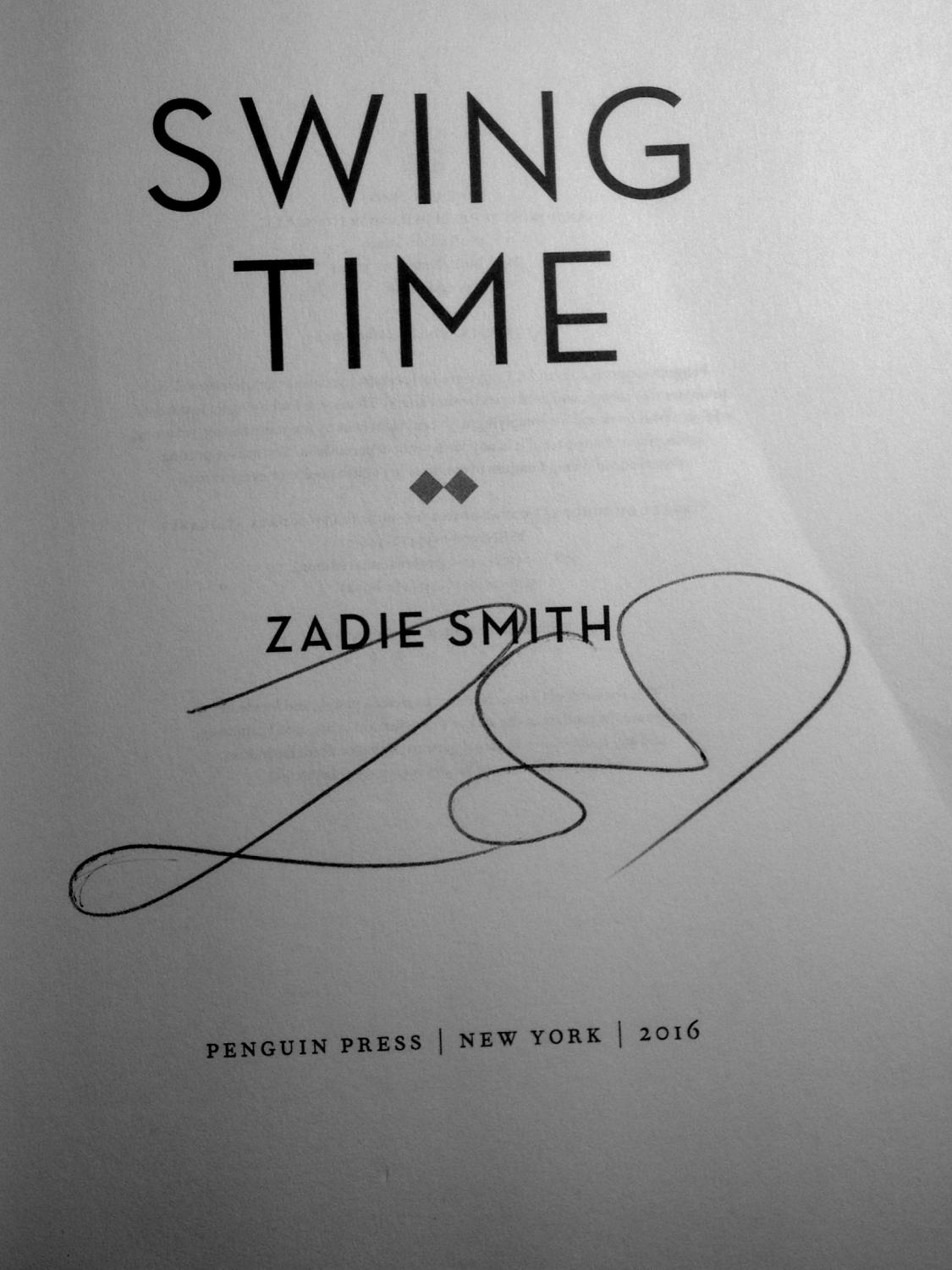
Yet the novel’s first-person narration centers the periphery, drawing its retiring heroine out of the wings she prefers and into the spotlight of a narrative “I.” Smith casts her protagonist in a succession of sidekick roles, relationships in which she acquiesces to the outsized personalities of four formidable women: the radical chic of her mother, an autodidact intellectual the scene-stealing charisma of Tracey, her girlhood friend the pop-diva superstardom of Aimee, her employer and the irreverent effervescence of Hawa, a West-African woman with whom she bonds over their mutual childlessness. Abandoning the arch omniscience of her previous novels in favor of a first-person voice allows Smith to inhabit a character her earlier narrators might have regarded from an amused distance. Viewing a Fred Astaire routine in which the central figure’s projected silhouettes, triple and towering, dance at his back, the novel’s unnamed narrator grasps “that I had always tried to attach myself to the light of other people, that I had never had any light of my own.” Like the umbral tap troupe onscreen, she muses, “I experienced myself as a kind of shadow.”Īs in the Astaire clip, Swing Time’s supporting player dwarfs its main act. Swing Time, Zadie Smith’s fifth novel, opens on the type of ecstatic insight that more often ends a work of fiction. The Nicholas Brothers in Stormy Weather (1943)


In Zadie Smith’s Swing Time, a young woman explores her racial identity through a love of dance-and finds a different kind of history, one that is barely written down.


 0 kommentar(er)
0 kommentar(er)
